Apply vacuum and check when voltage is applied to the Purge Control Solenoid Valve and when the voltage is disconnected.
Battery voltage | Normal condition |
When applied | Vacuum is released |
When disconnected | Vacuum is maintained |
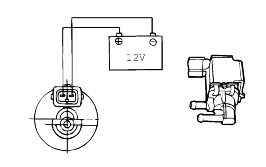
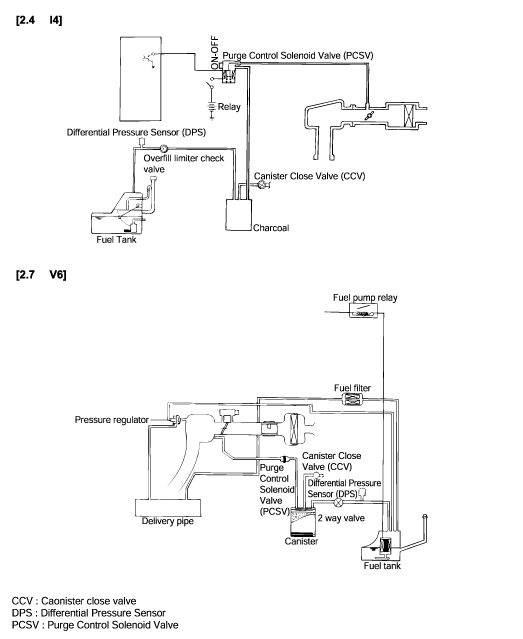
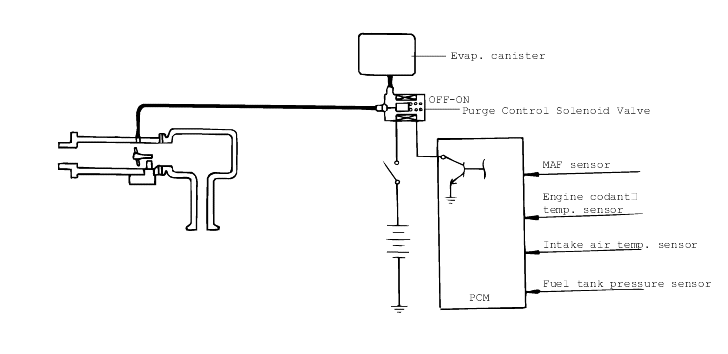
The Purge Control Solenoid Valve is controlled by the ECM; when the engine coolant temperature is low, and also during idling, the valve closes so that evaporated fuel is not drawn into the surge tank. After the engine warms up during ordinary driving, the valve opens to draw the stored vapors into the surge tank.
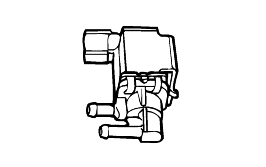
When disconnecting the vacuum hose, make an identification mark on it so that it can be reconnected to its original position.

Disconnect the vacuum hose (black with red stripe) from the solenoid valve.
Detach the harness connector.
Connect a vacuum pump to the nipple to which the red-striped vacuum hose was connected.
Apply vacuum and check when voltage is applied to the Purge Control Solenoid Valve and when the voltage is disconnected.
Battery voltage | Normal condition |
When applied | Vacuum is released |
When disconnected | Vacuum is maintained |

Measure the current between the terminals of the solenoid valve.
Purge Control Solenoid Valve: Coil at 20°C (68°F) : 0.45A or below (at 12V) Coil resistance : 26Ω [at 20°C (68°F)] |
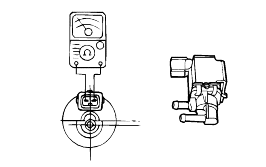
Disconnect the vacuum hose from the intake manifold purge hose nipple and connect a hand vacuum pump to the nipple.
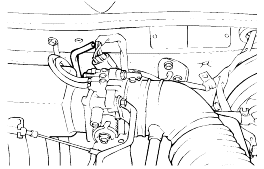
Start the engine and check that, after raising the engine speed by racing the engine, vacuum remains fairly constant.
If there is no vacuum created, the intake manifold port may be clogged and require cleaning.
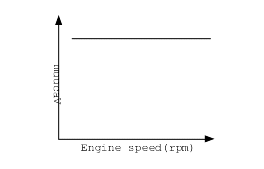
Look for loose connections, and sharp bends or damage to the fuel vapor lines.
Look for distortion, cracks or fuel leakage.
After removing the EVAP Canister, inspect for cracks or damage.
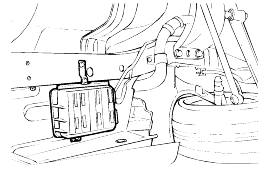
Inspect that air flows as shown.
Check that the valve is connected correctly noting the arrow mark on the valve.
